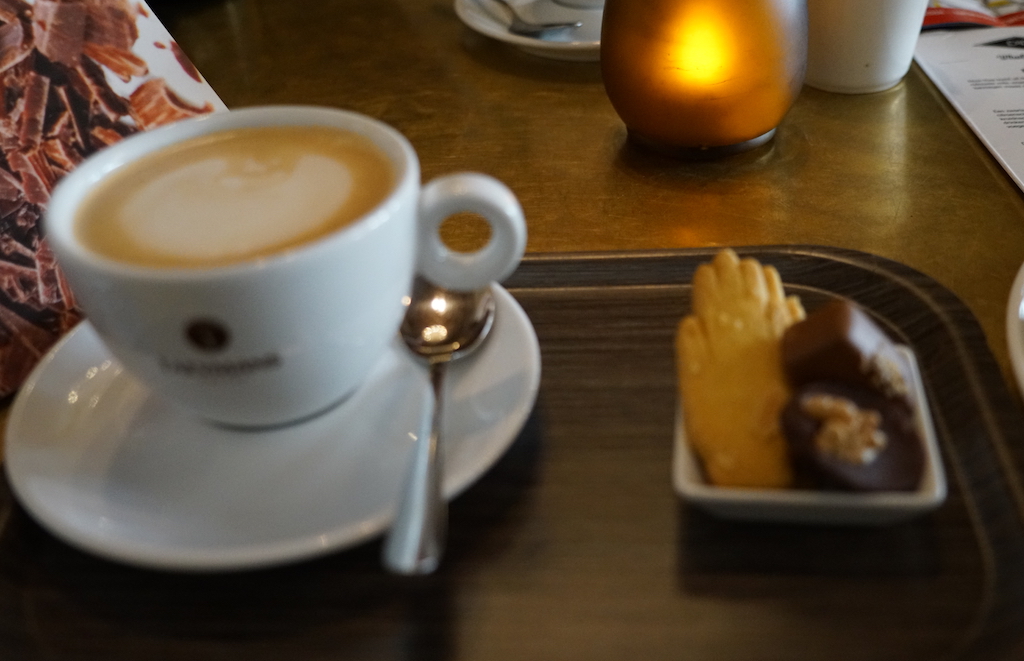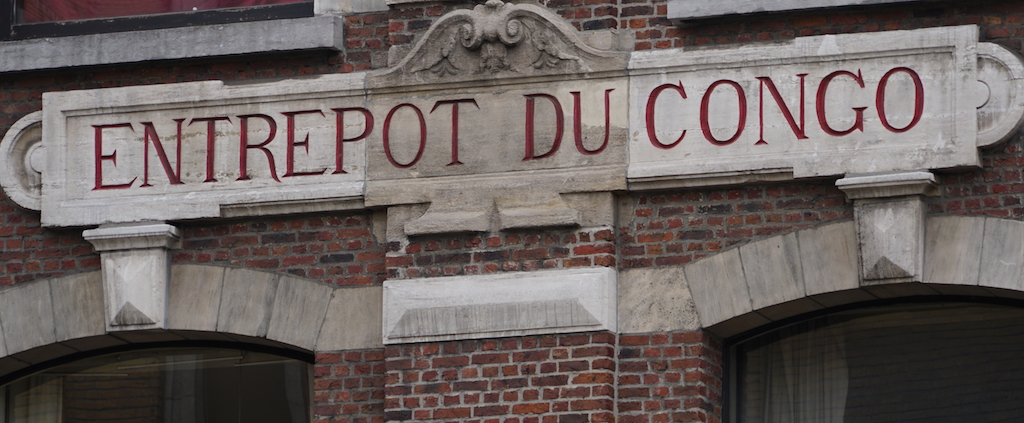51.21°N, 4.4°E
Dispatch: Antwerp, Belgium
Belgium has been a difficult place for me since I spent years researching the Congo for a novel. I was compelled to go, just to Antwerp, not Brussels I promised myself. Rubens, a contemporary of Velázquez, two painters tied to the Hapsburg Empire that stretched from Spain to the Low Countries in the painters’ time, lived in Antwerp and the city held some interesting background for a new novel.
I walked one block from where I stayed and I saw it: the statue of young Brabo, tossing a hand in the air, spewing water as though it was arterial blood. A myth about a giant named Antigoon who charged a toll to cross the river begins this story. If anyone refused to pay, he chopped off their hand and threw it in the river. The story goes that Brabo got annoyed at all this hand cutting, found the giant, cut off his hand and threw it in the river. Hence, believe it or not, the name Antwerp was derived from the Dutch “to throw a hand,” when the city was founded a thousand years ago.
Those who know the history of Belgium King Leopold II, recounted in gripping prose in King Leopold’s Ghost, are trembling with rage at this ‘hand’ story. Antwerp is the city where the ivory and rubber were off-loaded from Congo in the late 19th and early 20th century.
Congo became the personal property of King Leopold II when he sent Stanley of ‘Dr. Livingstone, I presume’ fame to buy up tribal properties with tokens. Once the land was purchased, the tribesman were enslaved to harvest rubber and ivory, among other treasures. Those who refused were shot and/or, I’m not sure you’re ready to hear this, had a hand chopped off. Yup, the tradition of Brabo.
To hear the grim legend of Antwerp’s name made me ill, because of the link to what happened in Congo. Is it possible this hand-cutting idea came from this legend in Antwerp?
I sat down to a fine cup of coffee and was offered a plate of cookies. The cookies were shaped like–severed hands. Incredible. The shop also had a chocolate section with some of the best chocolates I’ve ever tried. Chocolates were shaped like hands too.
Joseph Conrad recounted the Congo horrors in his novella Heart of Darkness, which was the inspiration for Coppola’s film Apocolypse Now. Conrad was a riverboat captain on the Congo River and observed atrocities that were authenticated in missionaries’ photographs. Belgium overseers didn’t toss Congolese hands into the Congo River, but they did attach them to newel posts on fences. Historians agree as many as ten million people died in Congo during Leopold’s enterprise.
One morning looking from my balcony trying to distract myself with a visit to the painter Ruben’s home (delightful by the way), across the street I spotted a building with a carved sign “Entrepot du Congo.” Yes–The warehouse where the rubber and ivory were stored and from which ships were refilled with arms, chains and explosives to return to Congo stood across the street, mocking me.
The Leopold chapter in Congo history ends with the inspirational work of Edmund D. Morel, a shipping clerk who likely spent time at this Antwerp warehouse and in the Congo. He observed that there was no trade in these shipments and surmised that Leopold must be enslaving the Congolese. Working with British abolitionists, Morel and his companions exerted pressure on the Belgium government who forced Leopold to relinquish his Congo to the Belgium State in 1908. Colonial government continued until 1960 when Congo gained its independence.
This legacy of travesties scarred the present state of Democratic Republic of the Congo, but that’s another story. Tim Butcher’s book Blood River recounts this history of modern day struggles and reads like a thriller.
I couldn’t bring myself to visit Antwerp’s Central Train Station that Leopold built with his colonial bounty. He also built the Royal Museum for Central Africa near Brussels where racist artifacts and tribal art were displayed until the museum was closed in 2013 for remodeling and reinterpreting this difficult period of Belgium history. Its reopening in 2017 will reveal whether Belgium will educate the population with the truth about the riches that built the impressive building and grounds and purchased the artifacts it holds.







